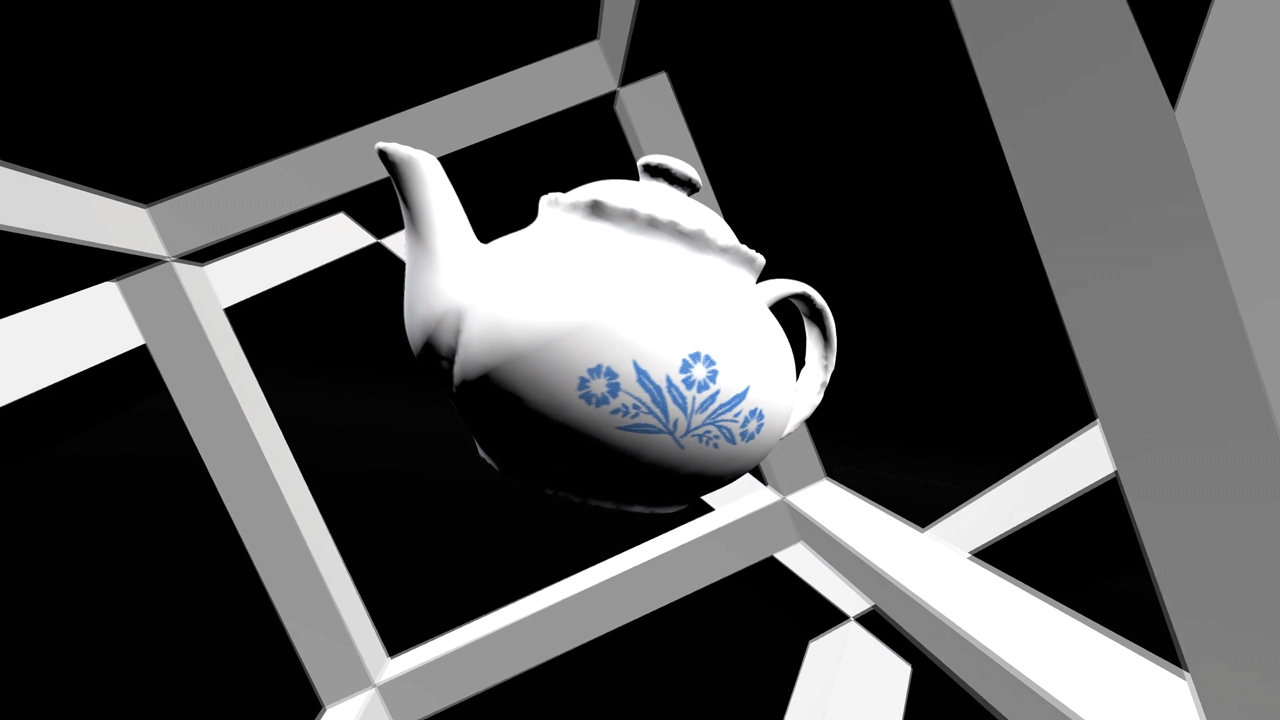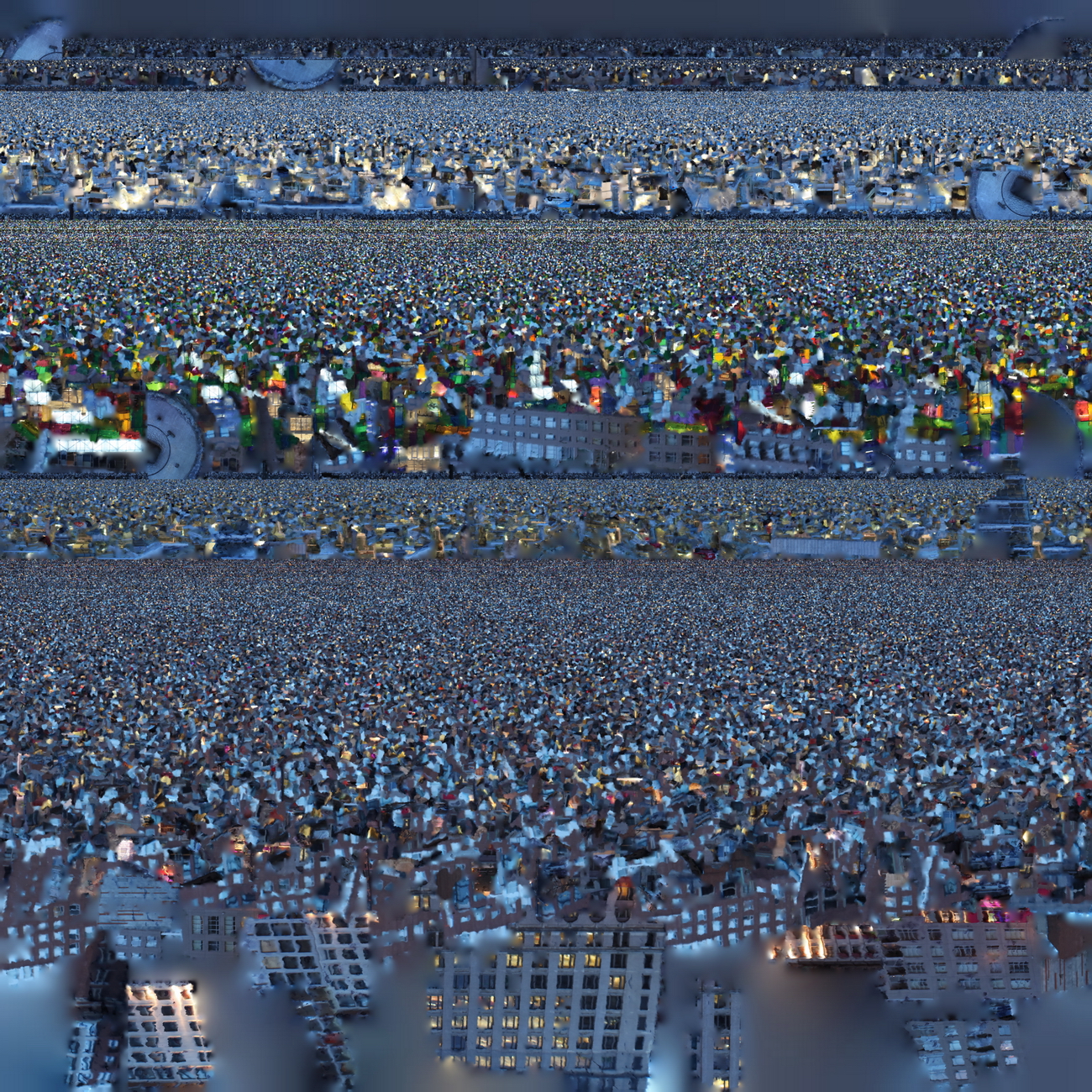cloth, quill, ghost worlds consists of nine photographs and a sound work.
installation details: installed photographs are 60”x60” or larger
audio media: 2.1 stereo
media: photograph, 3d print, aluminum, cloth, porcupine quill
Both the images and sound work exist synergistically, centred on ideas of intra-actions, entanglements, enfoldings and assemblies. The image informs the language and language is built from the image. Each image was constructed based on the conceptual framework of the Anishinaabe language itself. Anishinaabemowin, being an agglutinative language, is built upon the fragments of other words or morphemes. This lends itself to an incredibly rich framework from which the speaker can precisely and eloquently express and manifest a complexity of worlds.
The fluidity inherent in the language forms a critical method from which to consider the cyclical process of assemblies/[dis]assemblies and [dis]memberments/ remembrances. That is, the space and movement between these spectra are the generative spaces that inform this work.
Colours. It is hard to avoid a long explanation about how important specific arrangements of colours are for the Anishinaabe. It is a critical aspect of Anishinaabe onto-epistemology . Specific and critical colour arrangements accompany specific ceremonies including the naming ceremony. Each name is also given a series of colours that provide additional meanings to the name.Though precise meanings might vary from name to name, each colour is attached to the light at certain times of the year, times of day or certain orientations within the Universe. Each name and its colour sequence is tied together by a story given to you at the naming-ceremony. Each colour sequence serves as an intimate portrait of you and one Midewiwin elder told me at my naming ceremony, "Without names and colours, the spirits cannot see or hear you". Even here we find fluidity and flux. Each of our names has the possibility and probability of change over the course of our lives. As we grow so does how we appear to both the human and spirit worlds.
It is with this background that the assemblages of cloth, colour and language all provide a fluid matrix useful for examining ontological engagements. This attempt to engage and incorporate ideas from a more personal perspective sets this work apart from previous series and forms a new praxis from which to consider future works.
Beneath the conceptual work, the topographic image work began as a notable accident.
Last year I was learning how to do some porcupine quill | gaaway work at home. I dropped a red quill on my bed and did not notice. Some time later I noticed it had embedded itself through multiple layers of dark grey sheets. It was a simple yet beautiful found sculpture. Taking a photo of it, I recalled a time when I was sixteen and initially attempted to learn quill work and, again, dropped a quill onto my bed. That quill ended up stuck in my arm. The wicked design of porcupine quills is that the harder you try to pull it out, the more it works its way into flesh (or cloth). I never got the quill out of my arm, that quill worked its way into my arm and became part of me, in a literal way.
Taking the photograph of the red quill/grey cloth made a powerful physical connection between decades. This moment of recollection prompted a consideration of the ideas presented by Karen Barad, namely ideas of entanglements, enfolgings, intra-actions and agential realities, and decoupling the linearity of historical time though the performative action of the photograph and spontaneity of remembrance.














![AK Sunrise (2012)[no audio]](https://images.squarespace-cdn.com/content/v1/51cb1447e4b0898df4c045eb/1372357919991-Y4RV6ONWXTDY7QFTMR2S/image-asset.jpeg)































































































































































































































